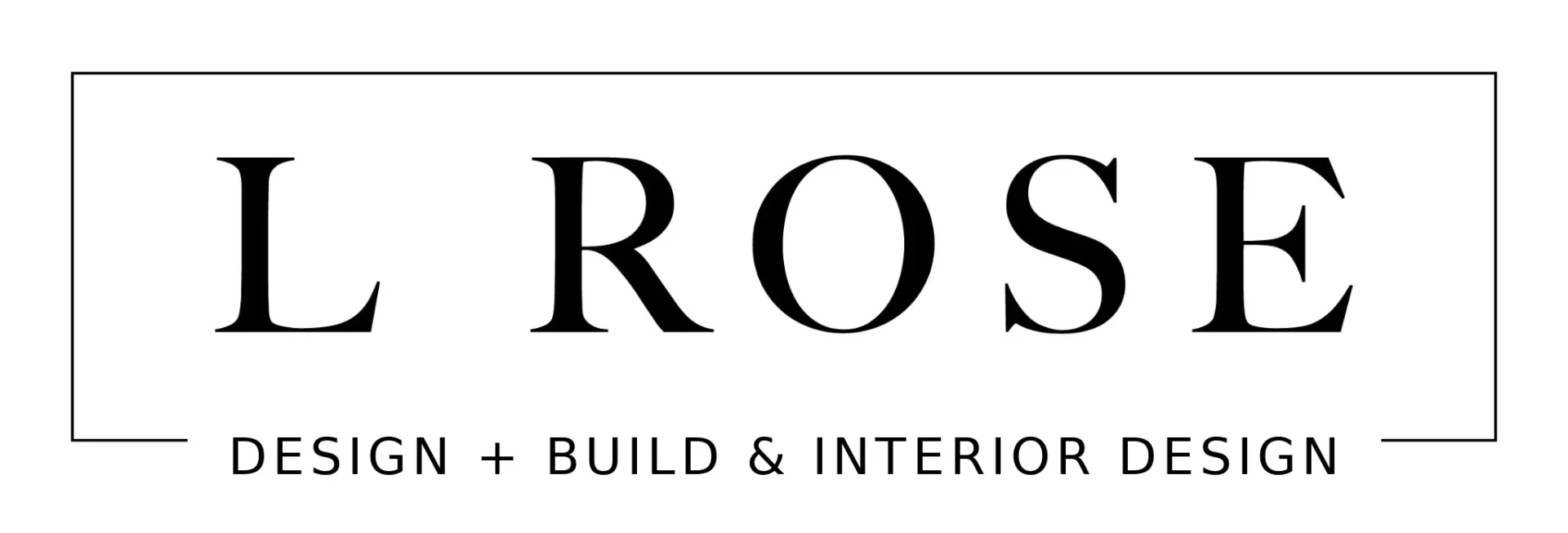Unlocking the Secrets of an Interior Design Consultation
Embarking on a journey to transform your living space can be both exciting and overwhelming. An interior design consultation is key to bridging your vision with professional insights. This blog unlocks the secrets of what happens during these consultations and how you can make the most of the experience. Whether you’re a first-timer or have redesigned before, understanding these elements can lead to a beautifully crafted home.
Understanding the Purpose of an Interior Design Consultation
An interior design consultation is more than just a meeting; it’s the foundation of your entire design journey. Here, you’ll discuss your needs, preferences, and expectations with a professional. This step ensures that your design vision aligns with practical possibilities, setting the stage for a successful project.
Many might underestimate the significance of this initial step, but it’s during this consultation that the designer develops a deep and comprehensive understanding of your preferences. They will ask you about your lifestyle, daily routines, and any specific functionality requirements. This holistic approach to gathering information means that every design element, from furniture choice to lighting considerations, is crafted to enhance how you live and interact with your environment. For instance, if you emphasize the need for natural light due to its mental health benefits, your designer can prioritize window treatments or suggest structural adjustments to maximize this feature in your space.
Preparing for Your Consultation: What to Bring
To make the most of your consultation, preparation is key. Bring along inspiration photos, color swatches you like, and any measurements of the space. Having a clear idea of your budget and timeline will also help guide the conversation and decisions made during the meeting.
Think of your initial consultation as a creative brainstorming session. To spark inspiration and meaningful dialogue, consider compiling a photo album of spaces you admire. Whether it’s clippings from magazines or a curated Pinterest board, visuals can speak volumes and help your designer extrapolate your aesthetic tastes. Furthermore, think about prior experiences in your living spaces—what worked, what didn’t. Perhaps your previous living room setup favored aesthetics over comfort, leading you to prioritize a more cozy and ergonomic design. Such reflections will help your designer tailor their approach with greater precision.
Discussing Style and Preferences
During the consultation, discussing your style preferences is crucial. Whether you favor a modern, minimalist aesthetic or a cozy, traditional feel, communicating these preferences will help your designer create a plan that resonates with your tastes and lifestyle.
Now, let’s delve deeper into how your style and preference discussions unfold. It’s more than telling your designer you like ‘modern’ or ‘traditional.’ It’s about defining what those styles mean to you. For example, a minimalist design in your view might still incorporate vibrant colors, deviating from the traditional monochromes typically associated with minimalism. Offering real-world examples of interiors you love could illuminate these nuanced preferences. This way, your designer isn’t just working from a generic style label but from a personalized interpretation of that style, leading to results that are uniquely yours.
Engaging in style discussions might also introduce you to new design philosophies you hadn’t considered before. Take ‘biophilic design,’ for instance, which incorporates nature-inspired elements to enhance well-being and health. Trendy and sustainable, biophilic principles could be seamlessly integrated into any design style, adding layers to your environmental and aesthetic considerations. Such explorations demonstrate how style is not a box to fit into, but a framework that evolves with your lifestyle and needs.
Exploring the Designer’s Expertise and Portfolio
A consultation is also an opportunity to evaluate your designer’s expertise and previous work. Reviewing their portfolio can provide insight into their style, range, and the kinds of projects they excel in. This ensures a good match between your needs and the designer’s capabilities.
Examining a designer’s portfolio is akin to opening a window into their creative mind. Observe the diversity in their projects—does it suggest versatility, suggesting that the designer can adapt to various tastes and preferences? Or does their portfolio maintain a consistent style across different projects, which may align with your specific taste? Asking questions about particular projects in their portfolio can reveal the designer’s problem-solving skills and innovation level, traits that could be crucial if you’re envisioning a unique or challenging project. Websites like Houzz can serve as an excellent platform to see how designers manage space challenges or infuse creativity into generic structures.
Addressing Budget and Constraints
Budget is a vital topic in any interior design consultation. Discussing it openly with your designer helps set realistic expectations and prioritize elements according to your financial plan. Your designer can suggest alternatives that keep you within budget without compromising on style.
Don’t shy away from speaking about financial constraints. While initial discussions on budget can feel daunting, there’s immense value in having this dialogue early on. Doing so allows your designer to suggest a mix of high and low-cost elements, like investing in a statement furniture piece while using more affordable accessories to complement it. Look for unique design approaches like upcycling, which can transform outdated furniture into contemporary treasures, as seen in many inspiring DIY upcycling projects. Such alternatives can not only help maintain elegance within budget but also add a personal, artistic touch to your home.
Next Steps After the Consultation
After the consultation, your designer will draft a preliminary plan or proposal based on your discussions. This phase is about refining the concept, making decisions, and setting the design process in motion. Be sure to review and provide feedback to ensure the final outcome aligns with your vision.
Bringing Your Design Dreams to Life
An interior design consultation is a valuable step toward creating the home of your dreams. With these insights, you can confidently communicate your ideas, collaborate with your designer, and ultimately, achieve a space that reflects your personal style and needs. Remember, a successful consultation paves the way for a successful transformation, turning your design dreams into a delightful reality.

